|
Traveling to Ethiopia was an inspiring and life-changing experience I frequently reflect upon. You must visit. Part of its enchantment is in being oft hailed as the “only African country that was never colonized.” Upon learning of this distinction, I Immediately became curious about how this country withstood the military might of Britain, France, Germany, and Italy. This curated book list includes titles that delve deeper into the battle of Adwa, and the Italo-Ethiopian war of 1935 that were both won by the Ethiopians.
Titles on this list include an Ethiopian sacred book called “The Kebra Nagast” that was stolen when the British attacked Ethiopia in 1868. [1] The book was part of the “Maqdala” collection, most of which is still housed in The British museum. Out of the three hundred and fifty manuscripts stolen, a handful from this booty was returned in 1875. Some of the pages of the Ethiopic Bible for example are available in their digitized collection. The Ethiopic bible has 84 books instead of 66 as in the King James version because it includes “some writings that were rejected or lost by other Churches.” [1] One of those books was called “Enoch the Ethiopian: Greater Than Abraham Holier Than Moses.” All of these titles and more are included in this list. My visit to Ethoipia was for about two weeks and was filled with wonder. When literally first setting foot in the country, it won me over with its unexpected charms. I discussed in detail my experience in another post called, “Books on Travel for Black People.” The history is built into the mountains and countryside of this picturesque region. Though I’d arrived to attend my cousin’s community wedding celebration, I was taken to a few notable historic sites which included: King Menelik II’s first palace, Queen Taitu’s garden and Lalibela, a rock hewn church built into the ground. Details about King Menelik II’s triumph over the Italians in the First Italo-Ethiopian war can be found in the books “The Battle of Adwa: African Victory in the Age of Empire,” “Mussolini in Ethiopia, 1919-1935: The Origins of Fascist Italy's African War," and “Prevail: The Inspiring Story of Ethiopia's Victory Over Mussolini's Invasion, 1935-1941.” This battle is an epic symbol of liberation for Africans around the world to know that our ancestors fought back against colonization and won. King Menelik II is pictured above and when I visited a family appointed tour guide escorted me through his “first palace.” Finding out the significance of this many years later is heart warming and empowering. The people knew the importance of this feat and took it upon themselves to keep this history alive. It was a challenge to capture the beauty of of it all on my low-tech camera equipment, but thankfully youtube gives us a peep into some of it. Here’s just a sample video of the famous Lalibela churches built out of rock. In 1935, Italy was back with a vengeance to “destroy Ethiopia,” but not without a fight that would galvanize the world, particularly Africans in the diaspora to join in the battle. From the book “Ethiopia and the Missing Link in African History,” author Sterling Means reveals the actual number of people that enlisted in the army to bring Italy to its knees, he says,” Several thousand Negros (American) volunteered their service to join the Ethiopian ranks to fight to save their traditional Fatherland their enlistment from the following cities were as follows: Chicago, 8,000; Detroit, 5,000; Kansas City, 1,500; Philadelphia, 1,500. A Negro organization in Chicago launched a drive to raise six million dollars to aid the Ethiopia cause.” The Chicago stats of 8,000 enlistments mentioned above caught my eye since that’s where I was born and raised. Though the exact organization that launched the drive wasn’t mentioned in this book, I put the facts together with contents from a book about the first Black millionaire named Annie Turnbo Malone. It was on her Chicago college campus (Poro College) where she housed an airport that must have been the organization referred to. Read my blog called, “8 Black women in History - Chicago Edition” for more information on her genius. This brings new meaning to the song, “We Are Family,” because brothers and sisters abroad knew common kinfolk overseas were in need though forcibly separated from their homeland. 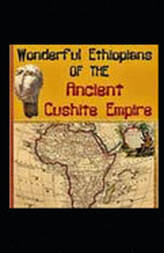 One of the most overlooked wonders of Ethiopia is a detail repeated many times from African scholars like Dr. Yosef ben-Jochannan and Dr. John Henrik Clarke. That detail regards the link between Egypt and Ethiopia. African scholars speak of Egypt being a child of Ethiopia. The book, “Wonderful Ethiopians of the Ancient Cushite Empire" by Drusilla Dunjee Houston speaks in detail about the ties between the two nations. Though Western scholars try to disconnect Egypt from Africa and place it in the “Middle East,” the connection is one that has been written in stone. Dunjee Houston says, “We read the names Ankh-Ka-Ra, Alu-Amen, Amen-Ark-Neb, showing that for ages Nubia and Egypt were ruled as one land, ages far earlier than the period marked in the average history as the Ethiopian dynasty.” Final RemarksAs always, I appreciate that you have read through this blog post. I hope that you’ve become curious to find out more about Ethiopia beyond the media narrative. Do you own research. We ask that you consider purchasing your books from our Black owned business, Afriware Books, Co. If there is a title you’d like to purchase that is not mentioned here, or could not be found on the website, feel free to email us at: [email protected] Additional ResourcesBritish Museum Ethiopic Bible - as of 3/30/24, website was experiencing a cyber attack. please check back later. Video footage of the Italian bombing of Ethiopia More video footage of bombing in Ethiopia Blog Notes[1] https://ial.uk.com/culture-as-a-unifier-the-ethiopian-manuscripts/
Comments are closed.
|
AUDIOBOOKSMERCHGIFTSjoin email listACADEMIC BOOKSblog Author/
|
- Store
- Blog
- AUDIO BOOKS
- EBOOKS
- SEARCH
- Welcome
- GoFundMe
- TUCC
- Events
- READING GUIDE
- AUTHOR INFORMATION
- ARTIST BIO/PRICE
- NNEDI OKORAFOR BOOKS
- PODCAST
- LARUE'S HAND IN CLAY
- About Us
- FREQUENTLY ASKED QUESTIONS
- BOOK FAIR /SCHOOLS / CLUBS
- Photo Gallery
- EJP BOOK DRIVE
- Videos
- Newsletter/Articles
- Archives
- External Links
- Afriware Statement on COVID-19
- GREATER LAKES
- Afriware Merchandise
- AFFILIATE INFO
- SEBRON GRANT ART DESIGNS
- Mother's Day Bundles
- CARTOON
- ROBOTS
- STEM
AFRIWARE BOOKS CO. A COMMUNITY BOOKSTORE SERVING:
|
|
Melrose Park, IL
|
|
,AFRIWARE BOOKS, CO,
1033 SOUTH BOULEVARD, OAK PARK, IL 60302 708-223-8081 ONLINE SUPPORT: Thurs-Fri. 4-6pm Sat. 12-2pm, IN PERSON EVENTS: afriwarebooks.com/events |
Want to try a great website builder, try Weebly at: https://www.weebly.com/r/9SAD4V

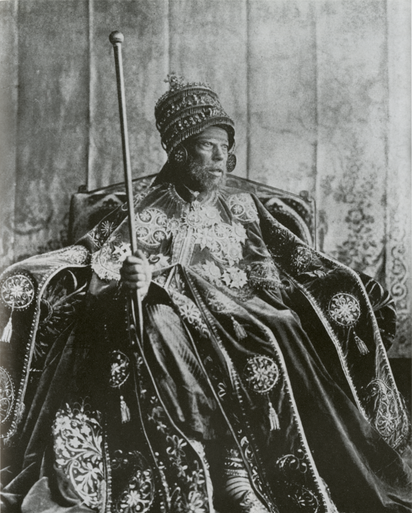
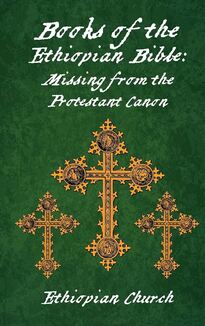
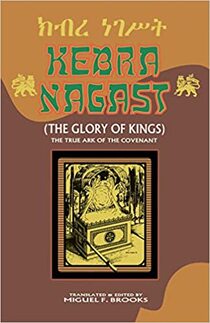
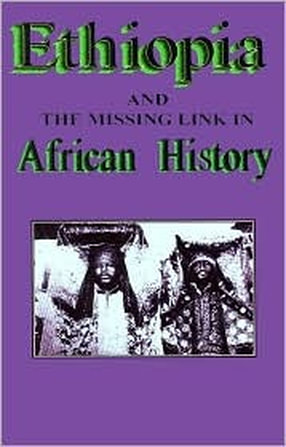
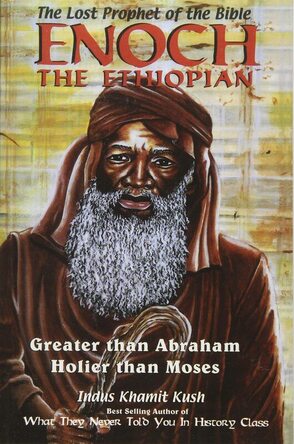

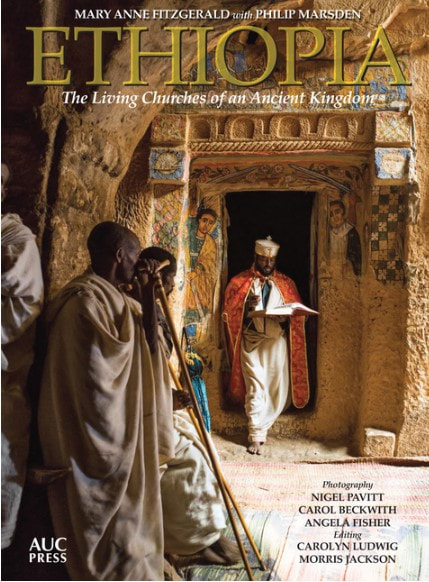
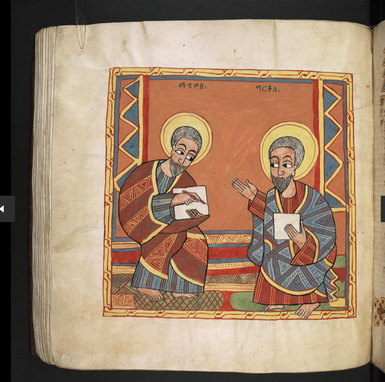






 RSS Feed
RSS Feed


